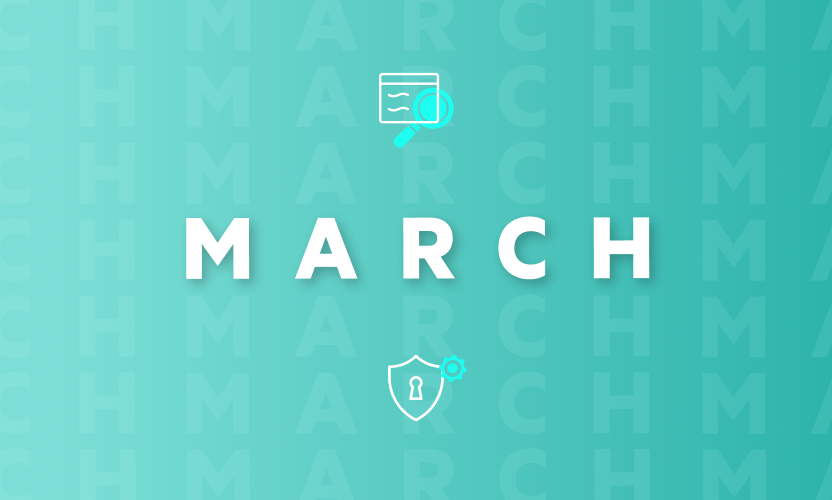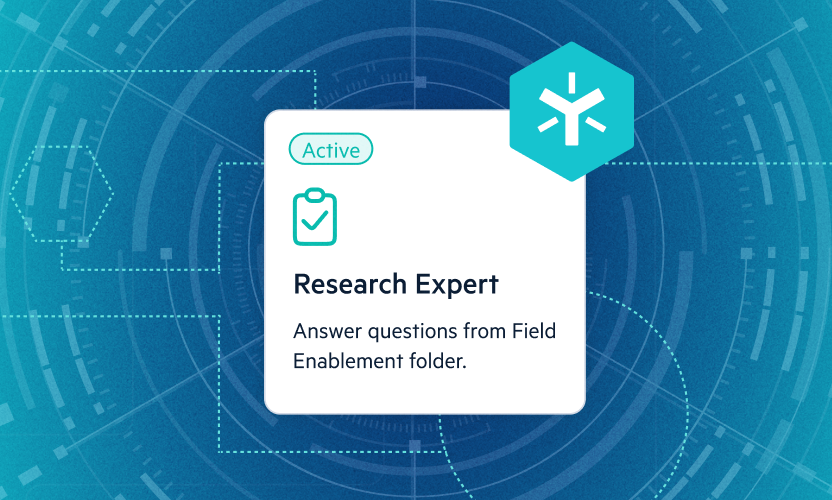
Automate Data Mapping for GDPR and Other Data Privacy Laws
Whether you’re a compliance expert or a novice, adhering to data privacy laws confuses even the best of companies.
One of the key points of confusion is the fact that you can’t possibly comply with current and future laws without knowing what data you collect, where it goes, and how it’s used and retained. It sounds simple, but it is not. In fact, it’s a challenge that applies to nearly every organization today.
From the EU’s General Data Protection Regulation (GDPR) to the California Consumer Privacy Act (CCPA) to Japan’s Act on the Protection of Personal Information and many more, the ability to protect consumer data is top of mind for governments and businesses. But as these laws proliferate, compliance becomes too cumbersome and expensive for manual intervention.
Your business needs to map all the sensitive data in its systems, and it needs automation to do so successfully. In this blog, you'll learn what data mapping for GDPR and other privacy laws is. You'll also discover how Egnyte and Truyo can help streamline the process so you can redirect your personnel and financial resources elsewhere.
What Is Data Mapping, and How Does it Apply to Privacy?
In the data privacy arena, data mapping is the process of inventorying the personal data in your business systems. The result of this process is called a data map. It is an essential component of almost all current privacy laws and is expected to be for future laws, too. It is the foundational step for the fulfillment of all legal requirements under privacy laws, such as:
- Responding to a Data Subject Access Request (DSAR)
- Conducting data protection impact assessments (DPIA)
- Maintaining records of data processing activities (RoPas)
Data maps may also be referred to as a data inventory, an Article 30 assessment (under GDPR), or a personally identifiable information disclosure (under CCPA). However, the concept is the same: you need a thorough record of the data processing that your company conducts.
Data mapping for GDPR and other privacy laws shouldn’t be confused with more traditional definitions of data mapping, which relates to matching database fields to facilitate migrations, integrations, or other data management tasks.
Why Is Data Mapping Required for Privacy Compliance?
The primary objective of any data privacy laws is to protect personal information through a consumer-focused and human-rights-centric approach.
As such, data-driven businesses must build a data map and record of their data processing activities to ensure they understand why and how they are using consumer data. They also need to fulfill consumers’ requests to access, correct, or delete personal data stored by the company.
It’s hard to keep up with legislative changes and all of the activities of your diverse organizations. States like Colorado, Connecticut, and Virginia have passed data privacy laws in the past 18 and more are expected to follow suit in the years ahead, making data mapping increasingly important in the U.S.
Privacy laws require companies to map their data so they can:
- Organize, catalog, manage, and structure data for operational needs
- Easily access and find relevant data whenever required
- Make data management and protection more efficient, i.e, riskier data has more robust security protection
- Enable data flow tracking
- Help maintain adequate records of data processing activities (RoPas)
And, as a company goes through the data privacy mapping process, it requires them to answer basic questions about the consumer’s data, like:
- What personal data does my company collect?
- When does my company erase this data?
- Why does my company collect and process this data?
- How does my company process this data?
- Besides my company, who else receives this data?
Do You Need to Map Structured and Unstructured Data?
While data governed by privacy laws may originate in a structured database environment, it will inevitably end up spread throughout unstructured content—e.g., emails, spreadsheets, documents, etc.— stored in file repositories. As such, limiting your data map RoPas to structured databases will leave you with an incomplete picture. You also have to understand what unstructured, sensitive consumer data you possess and where it resides if you want a complete data map.
How Can You Automate the Data Mapping Process?
The manual data mapping process of the past will not keep pace with rapidly evolving sensitive consumer data sprawl across structured and unstructured repositories. And with the exchange of data across third-party applications, the process becomes even more difficult. With the average company maintaining over 14 online data repositories, you need an automated solution to create and maintain your complex structured and unstructured data map.
With Egnyte and Truyo, you can utilize QuikLink Connectors that interface with over 300 databases, on-premises and online file repositories, and email exchanges to gain access to your structured and unstructured data. With this access, the solution allows you to build a map of where your users’ personal data resides and what type of data it is. This allows you to quickly respond to users’ data access requests and to complete privacy assessments.
And, having one solution that can discover and map data in both structured and unstructured repositories provides a consistent detection heuristic across all applications, so you can detect data the same way regardless of location. This single solution will also reduce direct and indirect costs associated with running separate tools for structured and unstructured repositories.
Egnyte Advanced Privacy & Compliance Solution
Egnyte and Truyo understand this complex privacy world and have partnered to bring an intuitive and scalable solution that provides data privacy mapping visibility across your many structured and unstructured repositories. With the Egnyte Advanced Privacy & Compliance solution powered by Truyo, you can easily:
- Complete data privacy mapping with the Egnyte connector to identify and map all structured and unstructured data for comprehensive data governance
- Effectively manage third-party vendor attestation and assessments for privacy RoPas
- Connect to over 300 structured and unstructured data repositories with QuikLinks Connectors to help you seamlessly integrate with your established systems
- Complete Privacy Impact Assessments to help you identify organizational privacy risks
- And much more!





